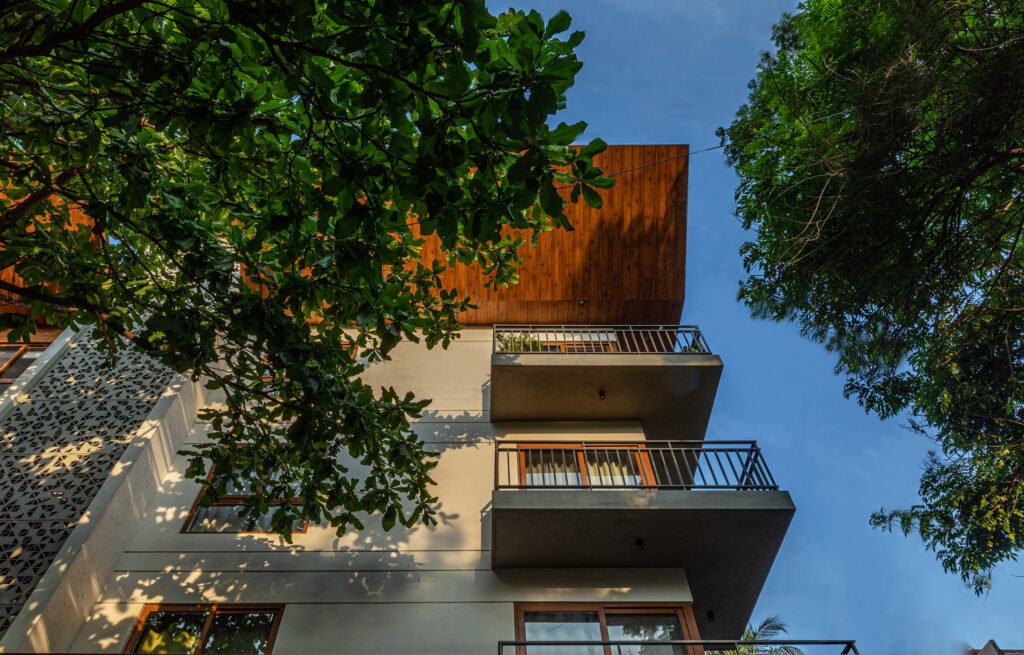Real Estate in 2025: Why experts believe it’s the right time for first-time buyers

India’s real estate market in 2025 is witnessing a mixed trend. While home sales across the top seven cities declined 32% year-on-year (YoY) in the first half of 2025, experts believe this could be the right time for first-time buyers and long-term investors to enter the market.
A combination of softer interest rates, strong infrastructure push, and evolving buyer sentiment is creating a favourable environment for strategic investments.
Sales Dip But Momentum Remains in Pockets
According to ANAROCK Research, the top seven cities in India recorded around 1,89,570 housing units sold in first half of 2025, a sharp decline from 2,78,220 units in first half of 2024, marking a 32% drop.
The Mumbai Metropolitan Region (MMR), one of India’s largest real estate markets, saw 62,890 units sold between January and June 2025, compared to 84,465 units during the same period last year — a 34% decline.
Despite this, property registrations in Mumbai reached an all-time high of 75,672 in H1 2025, up 4% YoY. Revenue collection from stamp duty also hit a record ₹6,699 crore, reflecting a 14% annual increase.
In June alone, 11,211 properties were registered, generating ₹1,004 crore, making it the second-highest collection for any June since 2019.
Experts See a Buyer-friendly Window Opening
Jason Samuel, Director at House of Swamiraj, said the current phase is “opportunity-rich,” especially for proactive buyers.
“Thanks to recent RBI repo rate cuts, sustained infrastructure momentum, and stable post-COVID demand, affordability has improved — particularly in metro-adjacent growth pockets like Thane, Kalyan, and Ambernath,” he said.
Enquiries in these regions rose over 20% in the past quarter, with buyers seeking hybrid living and long-term lifestyle value.
Abhishek Tharwani, Director of Tharwani Realty, echoed this sentiment.
“This is an opportune time for first-time buyers. With interest rates softening and developers offering attractive schemes, markets like Badlapur, Kalyan, Ambernath, and Navi Mumbai are gaining traction due to connectivity and realistic pricing,” he told CNBC-TV18.
EMI Affordability & Policy Push Boost Confidence
The RBI’s cumulative 100 bps rate cut this year has improved loan affordability, bringing EMI-to-income ratios in Mumbai down to around 48%, the most accessible since the pandemic.
Aksha Kamboj, Executive Chairperson of Aspect Global Ventures, noted that while luxury inventory is piling up — up 36% in Q1 2025 — mid-income and affordable segments remain seller-driven.
“First-time buyers can negotiate price cuts of 5-7% in key mid-market locations,” she said.
Investor sentiment, which was cautious in 2024 due to inflation and global uncertainties, is stabilising.
“Domestic investors are reallocating towards compact, high-yield projects and redevelopment zones,” Kamboj added.
A Shift in Buyer Intent and Market Maturity
In Bengaluru, Pavan Kumar, Founder and CEO of White Lotus Group, said the luxury segment continues to see strong demand, especially in areas like Hebbal, which accounted for 22% of all ₹10 crore-plus home sales in FY25.
He believes buyer behaviour is shifting from speculation to intentional, value-driven choices.
“Buyers today want homes with design integrity and emotional relevance. In Bengaluru, the right opportunities are few and quickly claimed,” Kumar said.
Similarly, Ashish Bhutani, CEO of Bhutani Infra, said while it’s not yet a full-fledged buyer’s market, the trend is clearly shifting.
“There’s greater transparency and disciplined supply. Developers are offering more choices and payment plans. This makes now a smart time to invest, especially for long-term goals,” he said.
High-ticket Homes Leading Sales
According to data from Maharashtra’s Department of Registrations, the average ticket size in Mumbai was ₹1.60 crore in H1 2025, the highest in recent years. High-value properties appear to be driving transaction volumes, even as overall sales volumes decline.



